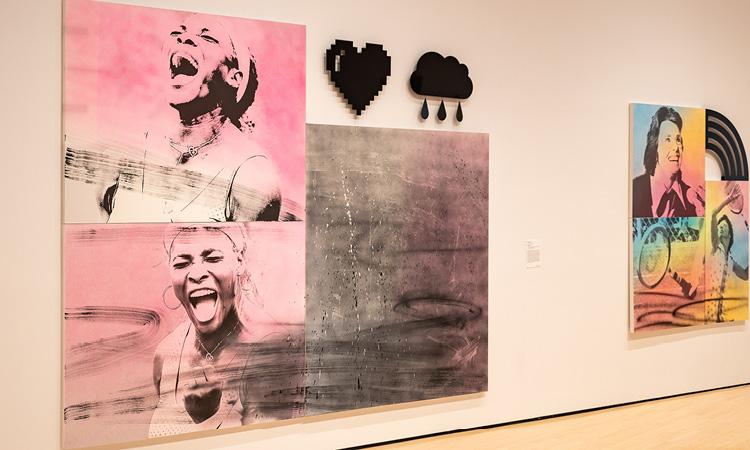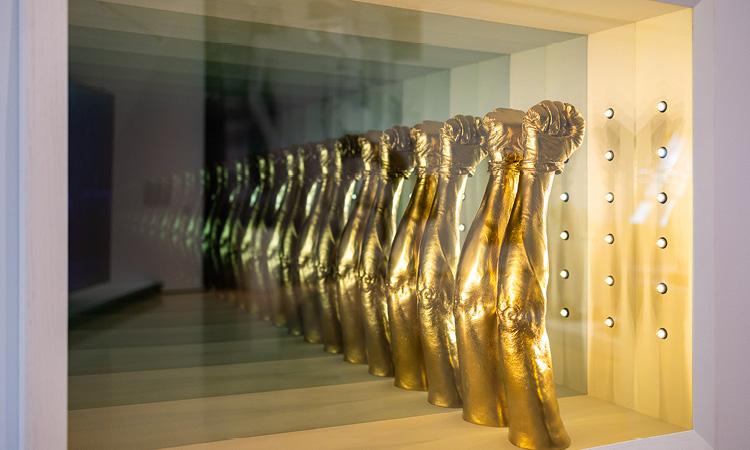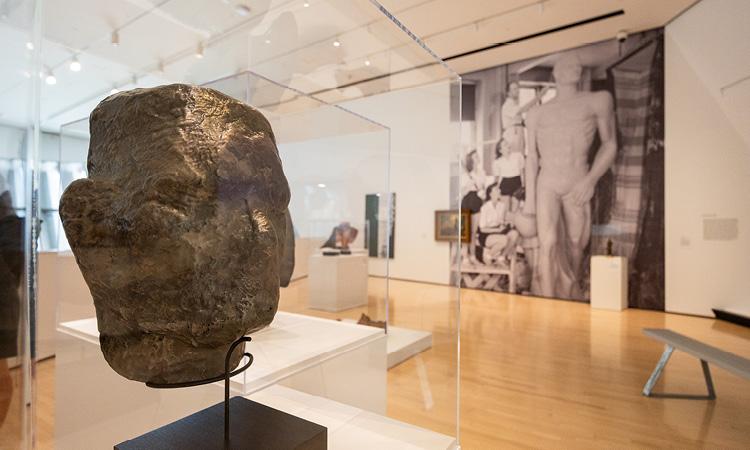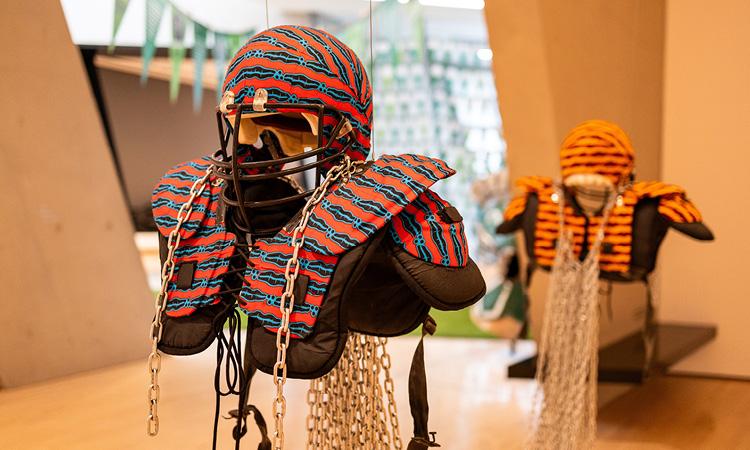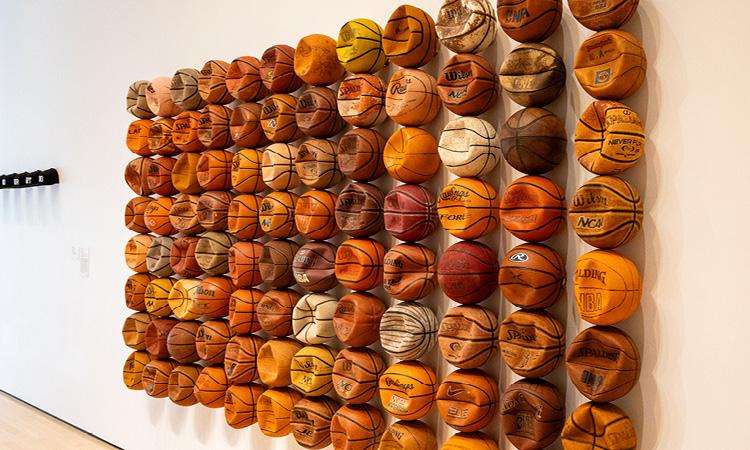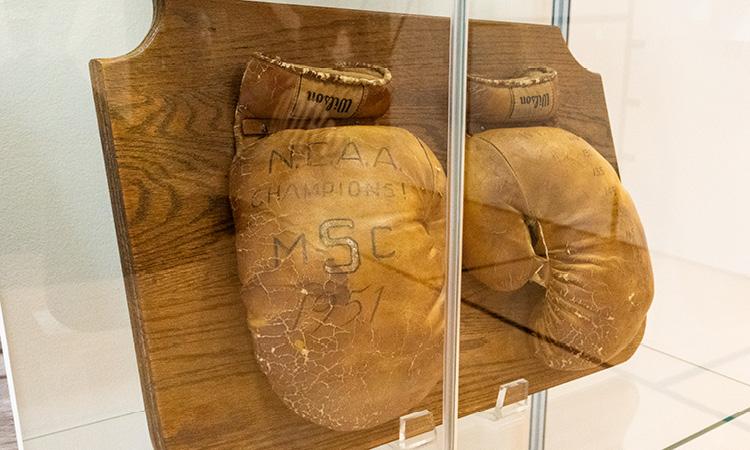If you ask Eli and Edythe Broad Art Museum Interim Director Steven Bridges, the connection between art and sports is bred-in-the-bone.
“In all societies throughout human history, the two major pillars of those cultures have been the presence of the arts and athletics or sports,” he points out. “In that way, the two of those things have been foundational in terms of defining those cultures throughout time. They are deeply interrelated.”
To note that the most acclaimed participants of each realm are often very much aligned as public figures is also important.
“Artists and athletes often occupy a certain power of influence and the ways in which they use that influence, and in what direction, is always interesting and telling,” said Bridges.
The museum’s latest exhibition, “Resistance Training: Arts, Sports, and Civil Rights,” tackles that topic and plenty more. The exhibition also focuses on the ways in which artists and athletes have long given voice to, and been engaged in, the struggles for civil rights and social justice—an area where MSU has historically been a national leader.
In addition to the familiar names of Biggie Munn and Duffy Daugherty, who famously recruited Black players such as Willie Thrower, Bubba Smith and Jimmy Raye in the 1950s and ’60s, visitors also learn about Gideon Smith, the first Black athlete on campus, who played tackle for the Michigan Agricultural College football team from 1913-15. And Beth Mlynarek Kaufman, one of the first women to join the Spartan Marching Band in 1972. There’s also Dr. Nell Jackson, who was hired to lead the emerging Women’s Athletic Program at MSU in 1973, and also served as the women’s track and field head coach. Her posts at MSU would help open doors for women, especially Black women, to move into coaching roles and other positions of higher administration within athletic departments.
The list goes on—from both the campus community and the greater sports world.
